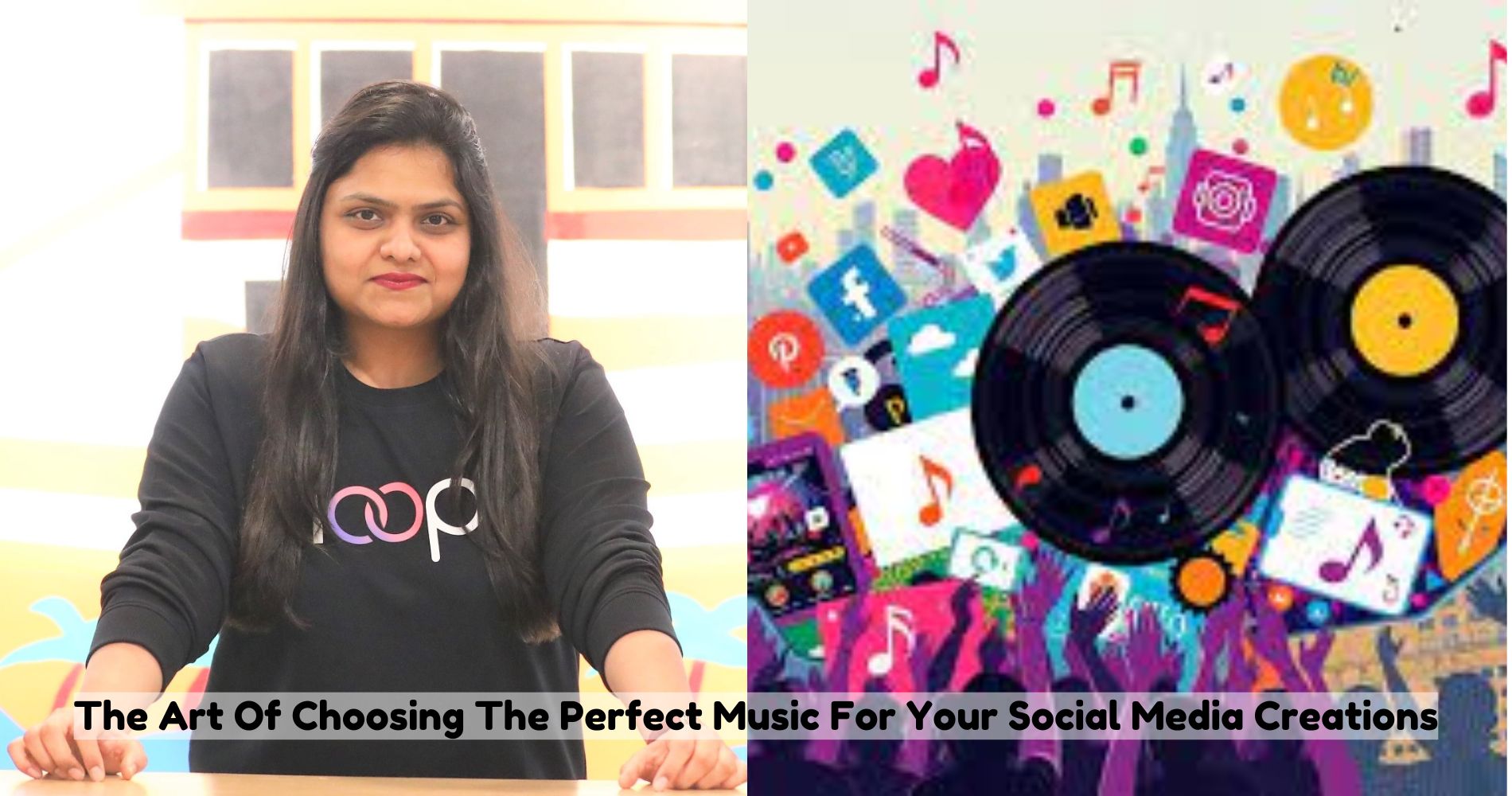The Art Of Choosing The Perfect Music For Your Social Media Creations
By understanding the nuances of music selection and its impact on viewers, content creators can elevate their work and build a loyal following.
By understanding the nuances of music selection and its impact on viewers, content creators can elevate their work and build a loyal following.

In the fast-paced digital age, capturing and maintaining audience attention is paramount. While visuals undoubtedly play a crucial role, the power of music is often overlooked. Music is a universal language capable of evoking emotions, creating atmosphere, and enhancing storytelling. By understanding the nuances of music selection and its impact on viewers, content creators can elevate their work and build a loyal following.
Music is more than just background noise; it's a cultural phenomenon with immense influence. With global music streaming figures reaching unprecedented heights, it's clear that music has a powerful hold on audiences. This cultural dominance makes it an invaluable tool for brands and individuals looking to connect with their target audience on a deeper level. Music's ability to transcend language barriers and evoke emotions makes it a potent force in storytelling and brand building.
Understanding Audience
Before selecting music, it's essential to deeply understand the target audience. Identifying their musical preferences, such as favored genres and artists, is crucial. Analyzing streaming trends and benchmarking against similar brands can provide valuable insights into what resonates with the audience. By aligning music choices with audience preferences, content creators can increase engagement and resonance.
Music should be a reflection of the brand or creator's identity. The chosen tracks should align with the brand's values, tone, and message. For example, a high-energy track is ideal for a fitness brand, while a mellow acoustic piece might be more suitable for a lifestyle or wellness brand. The key is to create a harmonious blend of music and visuals that reinforces the brand's identity.
Legal and Ethical Considerations
Navigating the complex landscape of music copyright is essential. Using unlicensed music can lead to severe legal consequences, including copyright claims and financial penalties. To avoid these issues, it's crucial to source music from reputable platforms that offer licensed tracks. By respecting copyright laws and obtaining necessary permissions, content creators can protect their work and maintain their brand's reputation.
To maximize the impact of music in your content, it's essential to employ a multifaceted approach. Begin by leveraging trending music, as incorporating popular tracks can significantly enhance visibility and engagement with your audience. Additionally, take the time to analyze successful content that has performed well in your niche, as this can provide valuable insights into how effective music is being utilized. Investing in high-quality music is another critical strategy, as it not only elevates the overall production value but also ensures a more polished and professional final product.
Furthermore, don't hesitate to experiment with different genres; exploring a variety of music styles can open up new creative possibilities and help you find the perfect sound that resonates with your audience. Involving the audience in the music selection process can foster a sense of community and generate valuable feedback. Hosting contests or polls where followers can choose the music for upcoming content can increase engagement and create a sense of ownership.
Music is an integral part of the storytelling process. By strategically syncing music with visual elements, creators can create a more immersive and impactful experience. Incorporating sound effects or creating a signature tune can further enhance brand recognition and leave a lasting impression. Music is a powerful tool that can elevate social media content to new heights. By understanding the audience, aligning music with brand identity, and following legal guidelines, creators can harness the power of music to create engaging and memorable content. With careful consideration and experimentation, music can become a cornerstone of social media success.